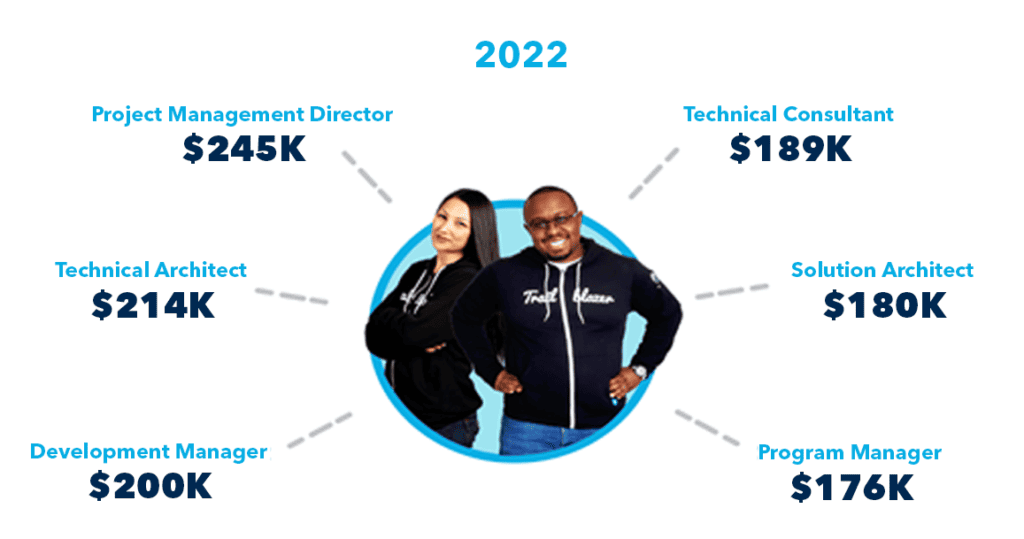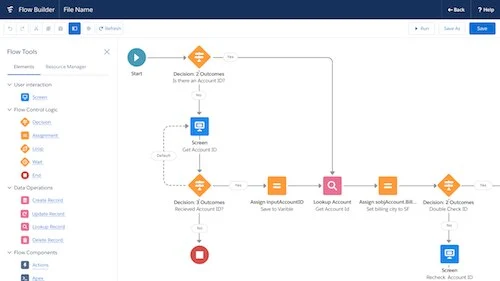If you’ve heard the term “Salesforce Sandbox” and wondered what it means, you’re in the right place. In this blog post, we’ll explore what Salesforce Sandbox is, its importance, and how it benefits businesses. Whether you’re a tech enthusiast or a primary school student, we’ll break down the concept in a way that everyone can understand.
Table of Contents
- Introduction to Salesforce Sandbox
- Why is Salesforce Sandbox Important?
- How Does Salesforce Sandbox Work?
- Different Types of Salesforce Sandboxes
- Benefits of Using Salesforce Sandbox
- Transitioning to Production: Deploying from Sandbox
- Best Practices for Utilizing Salesforce Sandbox
- Conclusion
1. Introduction to Salesforce Sandbox
Imagine you’re building a sandcastle on the beach. Before you create the final masterpiece, you often build a smaller version to experiment with different designs and ideas. In the world of Salesforce, this “sandbox” concept is similar.
A Salesforce Sandbox is a replica of your organization’s production environment. It’s a safe and isolated space where developers and administrators can test changes, experiment with new features, and ensure everything works as expected.
2. Why is Salesforce Sandbox Important?
Salesforce is a powerful platform used by businesses to manage customer relationships, sales processes, and more. Making changes directly in the production environment can be risky. This is where the sandbox comes to the rescue. It allows developers to:
- Test new configurations without affecting real customer data.
- Experiment with customizations to ensure they function correctly.
- Identify and fix any issues before changes are applied to the live environment.
3. How Does Salesforce Sandbox Work?
Think of a Salesforce Sandbox as a “playground” for developers. When you want to make changes or add new functionalities, you do so in the sandbox first. This prevents any accidental disruptions to the actual business operations.
Once the changes are thoroughly tested and approved, they can be deployed to the production environment, ensuring a seamless user experience.
4. Different Types of Salesforce Sandboxes
Salesforce offers different types of sandboxes to cater to various needs:
- Developer Sandbox: Ideal for coding and testing changes.
- Partial Copy Sandbox: Contains a subset of production data for more realistic testing.
- Full Sandbox: A replica of the entire production environment, suitable for comprehensive testing.
5. Benefits of Using Salesforce Sandbox
The benefits of using a Salesforce Sandbox are immense:
- Risk Mitigation: Prevents errors from affecting live data.
- Innovation: Encourages trying out new ideas without consequences.
- Collaboration: Multiple team members can collaborate on testing.
- Training: Provides a space for training new users without using live data.
6. Transitioning to Production: Deploying from Sandbox
After thorough testing in the sandbox, it’s time to move the changes to the production environment. This process is called deployment. Salesforce provides tools to ensure a smooth transition, minimizing disruptions.
7. Best Practices for Utilizing Salesforce Sandbox
To make the most of Salesforce Sandbox:
- Regular Updates: Keep sandboxes up to date with the latest configurations.
- Documentation: Maintain clear documentation of changes made in the sandbox.
- Data Privacy: Be cautious about using real customer data in sandboxes.
8. Conclusion
Salesforce Sandbox is like a superhero cape for developers and administrators. It empowers them to innovate, experiment, and improve the Salesforce experience without putting valuable data at risk. By providing a safe space to play and test, Salesforce Sandbox contributes to smoother operations and better customer experiences.
In this blog post, we’ve taken the complex concept of Salesforce Sandbox and broken it down into simple terms. Whether you’re a tech-savvy individual or a curious primary school student, we hope this post has shed light on the importance and functionality of Salesforce Sandbox. So, next time you hear about sandboxes and Salesforce, you’ll know exactly what it’s all about!
Remember, just as sandcastles need a playground before the real beach, Salesforce changes need a sandbox before the real business world. Happy experimenting!




